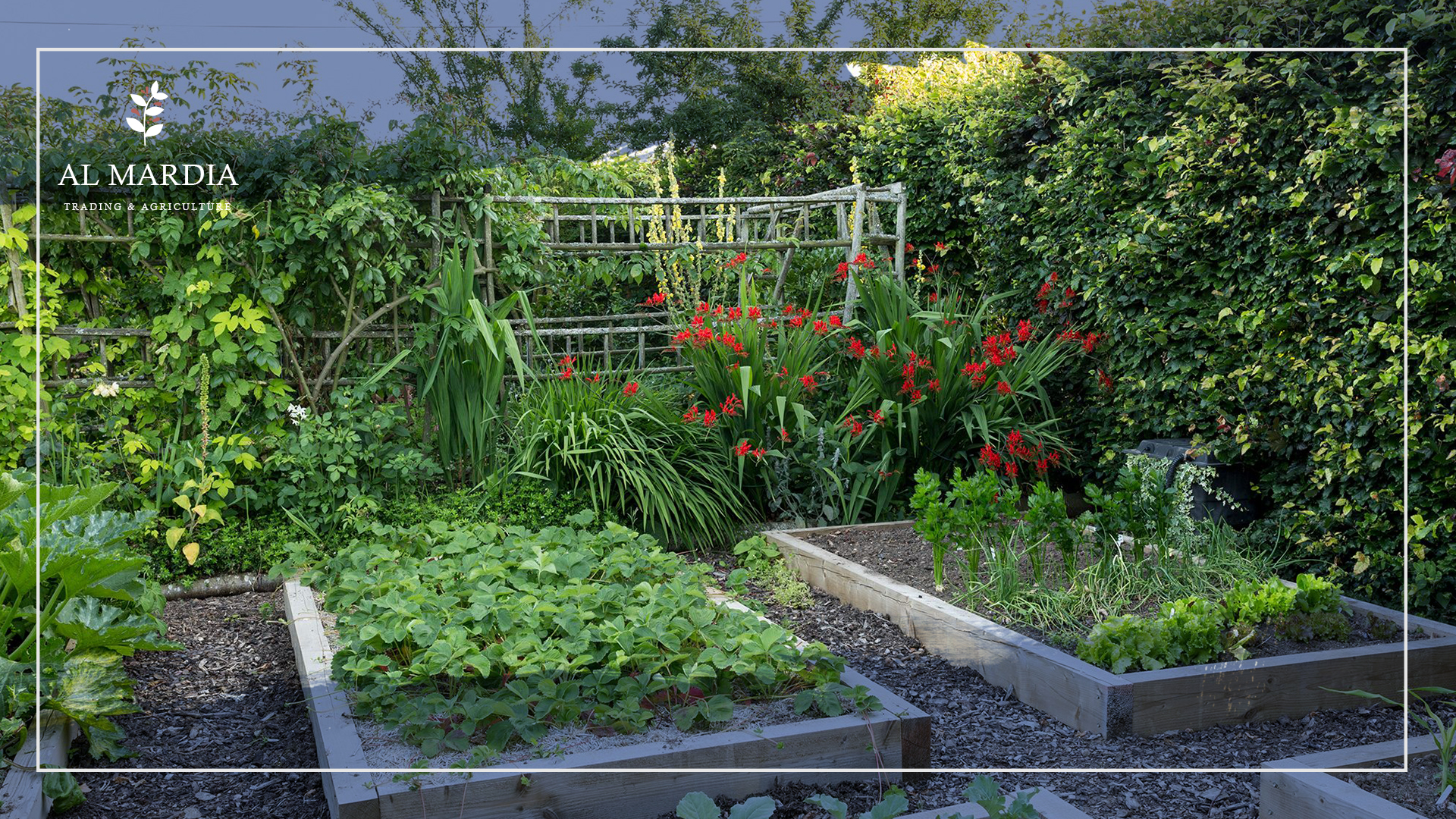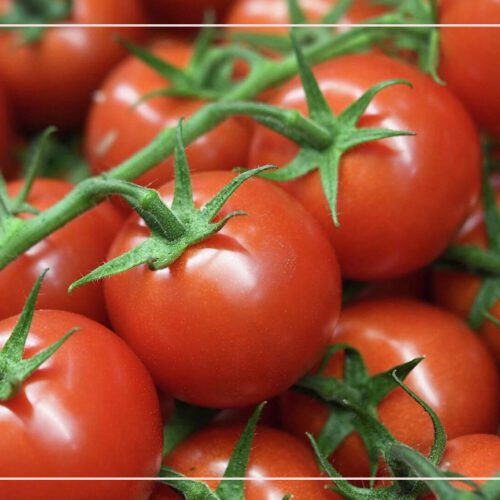
No-Dig Gardens:
More Sustainable, Less Effort
Gardening is a great way to relax, get some exercise, and create something beautiful. But the amount of work and effort that goes into gardening can be daunting for many people. It may come as a shock to some but gardening does not necessarily involve digging or much hard work. It is not an obligatory task anymore. The practice of turning garden plots into farmland is quite an old tradition. In this article, we talk about no-dig gardening which is considered one of the most sustainable agricultural methods.
It stems from the idea of applying agricultural methods to a much smaller area in order to grow plants and vegetables. This method has been used for many centuries and continues to be popular today.
Why do farms till the soil?
Tillage, or plowing, is a common agricultural practice used to prepare the soil for planting crops. It is often done to loosen compacted soil and improve its structure, allowing it to absorb more water and nutrients which can help plants grow better. It also helps control weeds and pests, as well as aids in the decomposition of organic matter. Tillage has been used for centuries by farmers around the world and continues to be an important part of modern-day farming practices. This brings us to a logical query – why is the soil compacted in the first place if it’s tilled regularly? There are a few reasons that can contribute to this re-compaction, such as animal-powered or mechanized farm machinery like tractors and oxen, people walking on the soil, and rainfall impacting bare land.
No more digging:
Contrary to popular belief, the soil is more than just a medium to hold plant and tree roots in place. It is an incredibly complex ecosystem with immense biodiversity. A tablespoon of soil is home to a staggering 50 billion microorganisms, such as Bacteria, Actinomycetes, Fungi, Yeast, Protozoa, Algae, and Nematodes as well as other creatures like earthworms. This truly highlights the incredible quantity of life that exists in the ground!
Beneficial relationships between soil bacteria and plant roots, as well as soil fungi and tree roots, aid plants in accessing nutrients. Furthermore, these organisms also take part in the important process of nutrient cycling. They also make improvements to the structure of the soil, allowing water and air to move freely.
By uprooting and turning over the soil, a delicate ecosystem is left exposed to detrimental elements such as air and ultraviolet radiation which can dry it out and even sterilize it. Consequently, this leads to the depletion of vital soil nutrients such as carbon and nitrogen. In addition, it experiences a decrease in organic matter and is no longer capable of retaining water effectively.
How To Protect the Soil and Reduce Work
No-dig gardening ensures that the soil isn’t packed as there is no walking on it. Compressing the soil can drastically decrease its structure, inhibiting air and water from reaching the roots of plants which results in their health deteriorating and eventually leading to a decrease in productivity
It is important to remember not to confuse pathways meant for people walking with garden beds meant for plants. Doing so will make gardening a much more difficult and unproductive experience. Nature has its own ways of digging, which are more efficient than human methods, utilizing earthworms for the task.
Let’s count on earthworms for digging:
- Earthworms have a significant impact on soil structure, enabling improved drainage of water at a rate up to 10 times faster than soils that are devoid of earthworms. Additionally, uncultivated lands containing large numbers of earthworms have the capacity for water infiltration six times more than cultivated lands, which may lead to a depletion in earthworm populations.
- Worms play an important role in the growth of plants. The nutrients present in the worm castings are much richer than those found in the surrounding soil; with phosphorus being four times more than usual and nitrogen content that is easily accessible for plants. Furthermore, their burrows enable the roots of plants to reach deeper into the soil for increased access to water and nourishment. See our product Wormcasting
Tips to set up your no-dig garden:
- When choosing a location to build a no-dig garden bed, make sure it is relatively level and gets at least five hours of sunlight daily. This will ensure that your plants are able to receive optimal amounts of light and grow healthily.
- In order to get started, several materials are necessary. Such as newspapers/cardboard, animal manure/organic fertilizer, straw bales/lucerne hay bales or both. We also need to add compost, a bucket of water for soaking cardboard, and a watering can or hose for watering.
- Sheet composting is a helpful way to achieve the best possible soil. This involves adding a layer of organic matter to the ground, with a thickness of between 5cm and 15cm (or 2” – 6”). This transforms the garden beds into large composting areas.
- It is essential that we stay away from chemical fertilizers. It helps to protect our soil and ensure that future generations are able to benefit from its natural fertility. Furthermore, using chemical fertilizers to promote crop growth can be a fool’s game in the long run, as it can lead to the destruction of valuable soil life. Such practices not only provide a short-lived nutrient boost but also show a lack of understanding and awareness of how important soil life is for sustaining healthy ecosystems.
Finally, no-dig gardening is a revolutionary approach to growing plants in the garden. It can save time, energy, and water while maintaining a healthy soil ecology. Not only does it reduce the effort and time spent in the garden, but it also enables nature to do the work for us. By taking this approach, gardeners are able to reap the rewards of an eco-friendly and productive garden with minimal effort.
Related topic
Earthworms: Tiny Creatures, Huge Benefits
Common Questions:
What is the no-dig method in gardening?
This method involves adding a layer of compost on top of the soil surface. After that, let the natural soil food web do the rest. This method can provide superior results compared to traditional methods. Furthermore, it helps create a healthy, nutrient-dense environment for plants to thrive in. Additionally, it eliminates the need for tilling and digging up existing soil, which can be time-consuming and labor-intensive.
Can you plant right away in a no-dig garden?
Different from traditional gardening, no-dig gardening involves minimal soil disturbance. It allows plants to be planted directly into the existing organic matter. This is a great way to create a thriving garden with minimal effort and maintenance.
What are the disadvantages of a no-dig garden?
These gardens require large amounts of organic matter for the soil. They can be more prone to weed infestations, and may require more frequent watering than traditional gardens. Additionally, no-dig gardeners must be careful to avoid compacting the soil when moving around the garden.





